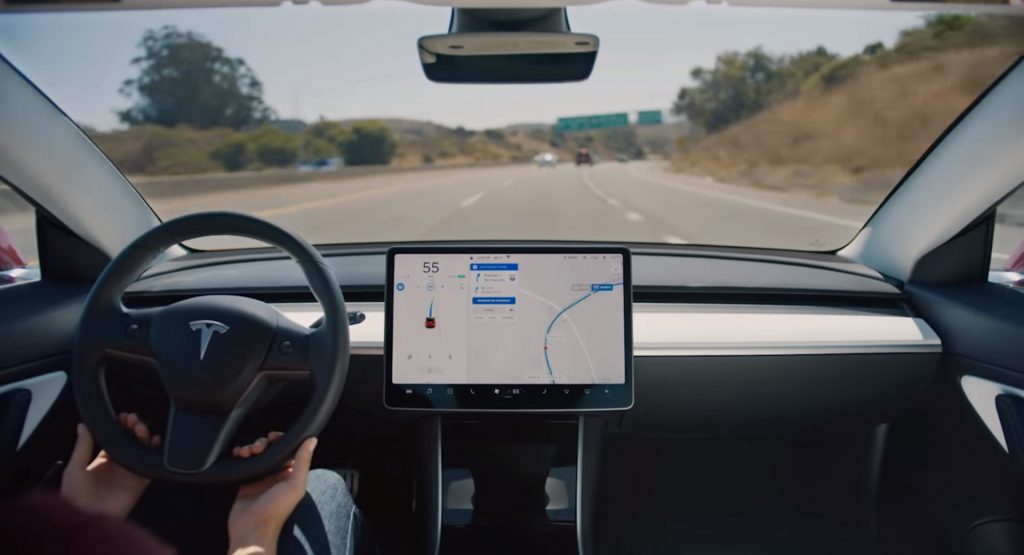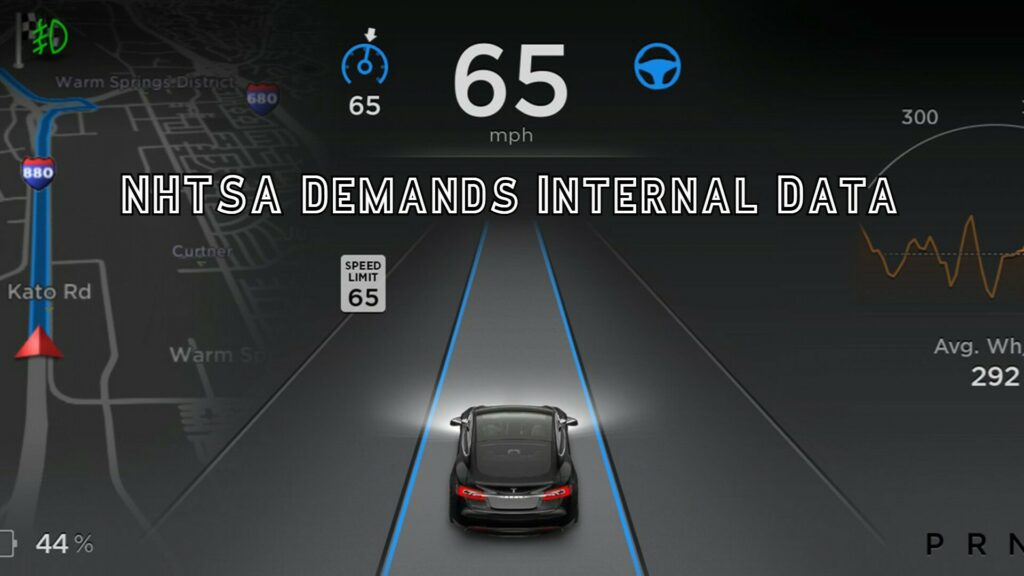The National Highway Traffic Safety Administration (NHTSA) has intensified its investigation into Tesla’s Autopilot system. It is now demanding updated responses and additional information from the automaker no later than July 19. The probe follows a series of accidents involving Tesla vehicles that raise concerns about the safety and effectiveness of Autopilot.
Tesla is somewhat famously quiet about its own ongoing business. Evidently, that extends to the information it provides to government organizations like the NHTSA. In a letter dated July 3, the NHTSA demands that Tesla tell it about all recent changes to Autopilot and it’s not leaving much to interpretation.
Specifically, a part of the text calls out changes in terms of “design, material composition, manufacture, quality control, supply, function, or installation of the subject system, from the start of production to date.”
Read: Feds Assess Allegations That Design Flaw In Tesla Model 3 Can Lead To Unintended Acceleration

That seems to cover just about any adjustment that Tesla might make to Autopilot including installation or removal of hardware or software adjustments to handle different situations. Tanya Topka, acting director of the Office of Defects Investigation, gave Tesla a deadline of July 19 to respond according to ABC News.
If it doesn’t respond it faces civil penalties of up to $26,315 each day that it’s late or up to a maximum of $131.6 million. The ongoing probe started back in August of 2021 and “aims to explore the degree to which Autopilot and associated Tesla systems may exacerbate human factors or behavioral safety risks by undermining the effectiveness of the driver’s supervision,” says the NHTSA.
Questions surrounding the safety of both Autopilot and Full Self-Driving have swirled around in the industry for years. According to internal data at Tesla, Autopilot crashes far less than the average human being. At the same time, there’s a number of reports involving Teslas equipped with Autopilot or Full Self-Driving that have crashed into parked emergency vehicles.





